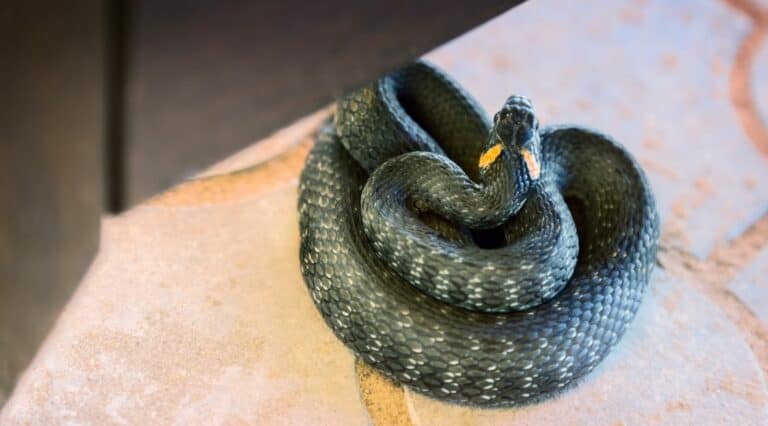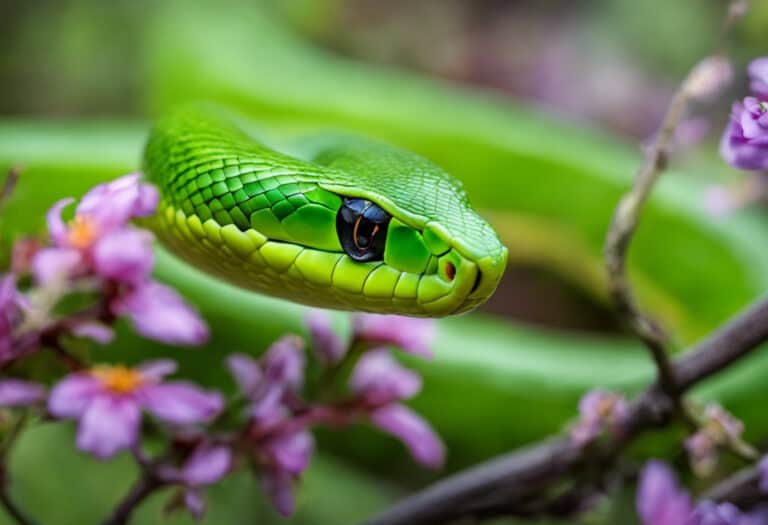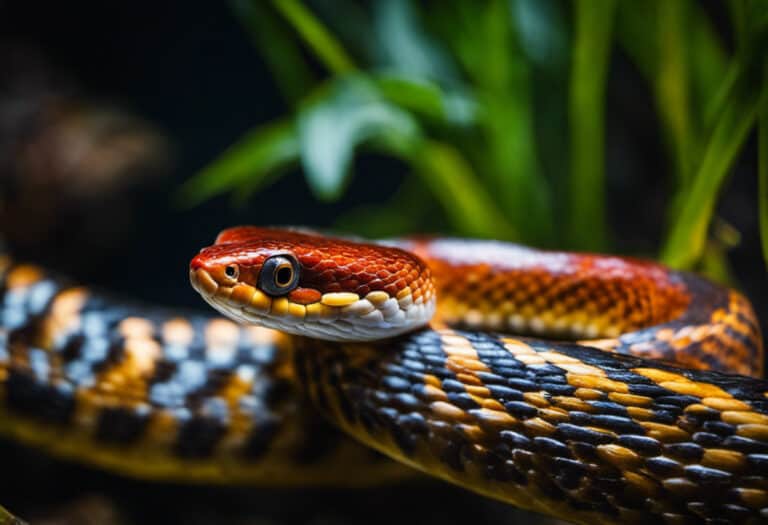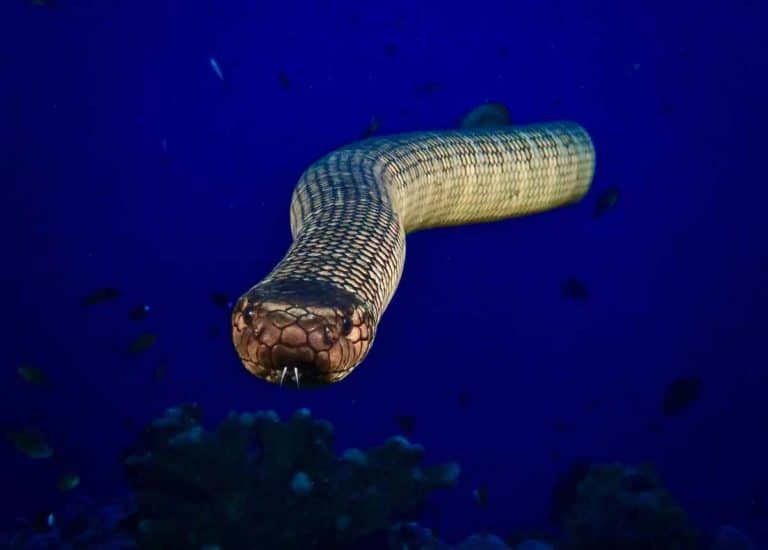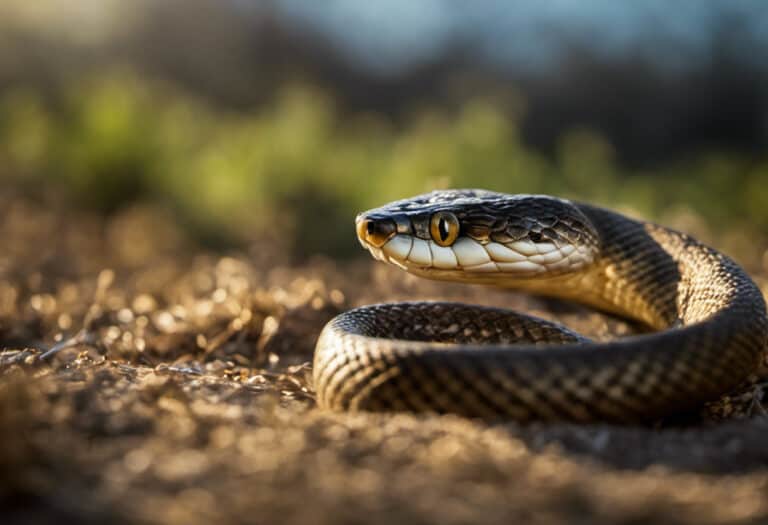How Smart are Turtles? Get The Facts!
Ever heard the expression “You’re as smart as a turtle”? It’s often used to suggest that someone is really, really dumb. But how true is it?
Turtles are considered intelligent creatures – and we even teach them tricks!
They can be trained to sit on their back or open their mouth when they see food.
And some turtles have demonstrated the ability to learn complicated tasks by watching other turtles go through those tasks first and then repeating them themselves.
Are turtles smart?
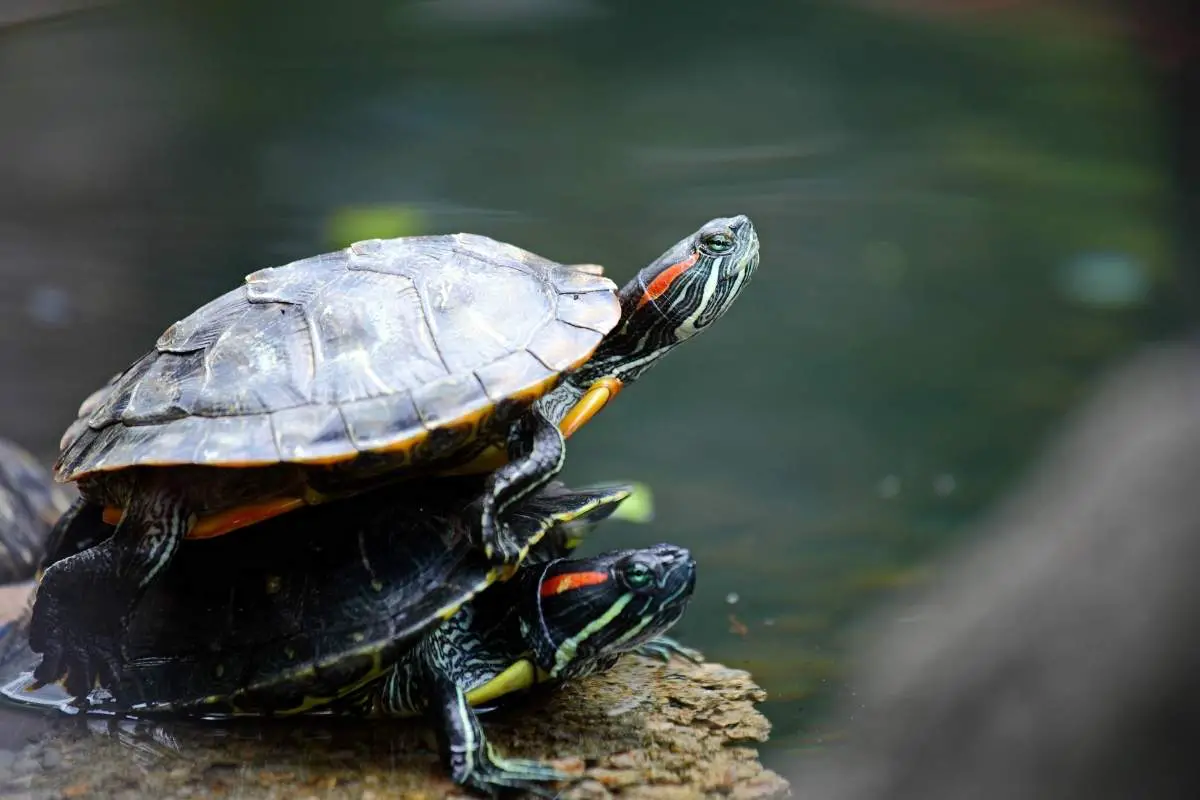
The abilities of turtles, like most animals, are not well-understood by humans.
While they can be trained to do specific actions (such as the trick of opening their mouths when they see food), it is not known what motivated them to learn that action or how much capacity for learning they have.
Without this understanding of turtle cognition, it is difficult to determine whether turtles are intelligent creatures.
Turtle intelligence is likely comparable to most other vertebrates, with exceptional abilities in certain areas (such as navigation or communication).
Because they live underwater and do not use their limbs to communicate as humans do, it may seem less “smart” than one might expect, but their cognitive abilities are still likely very high.
How smart are turtles?
The question of how intelligent turtles are is challenging to answer because there is no standardized system for measuring turtle intelligence.
Furthermore, the cognition of turtles is not well researched, so it’s hard to know what they can or can’t do. We know that turtles have demonstrated some ability to learn, but they are still very much a mystery scientifically.
Turtles are considered reasonably intelligent creatures for reptiles, and there is no doubt that most turtles have exceptional abilities in some areas (such as navigation or communication).
Their actual intelligence is not well understood, though it may be comparable to other vertebrates.
Do turtles have memory?
Many turtles and tortoises can be trained to do tricks like sitting up or opening their mouths when they see food.
This suggests that they have at least some capacity for memory, but it is not fully understood what types of memories different species possess.
Some species may only be able to retain highly short-term memories. In contrast, others (such as sea turtles) can potentially learn very complicated tasks after watching another turtle go through it.
Do turtles have emotions?
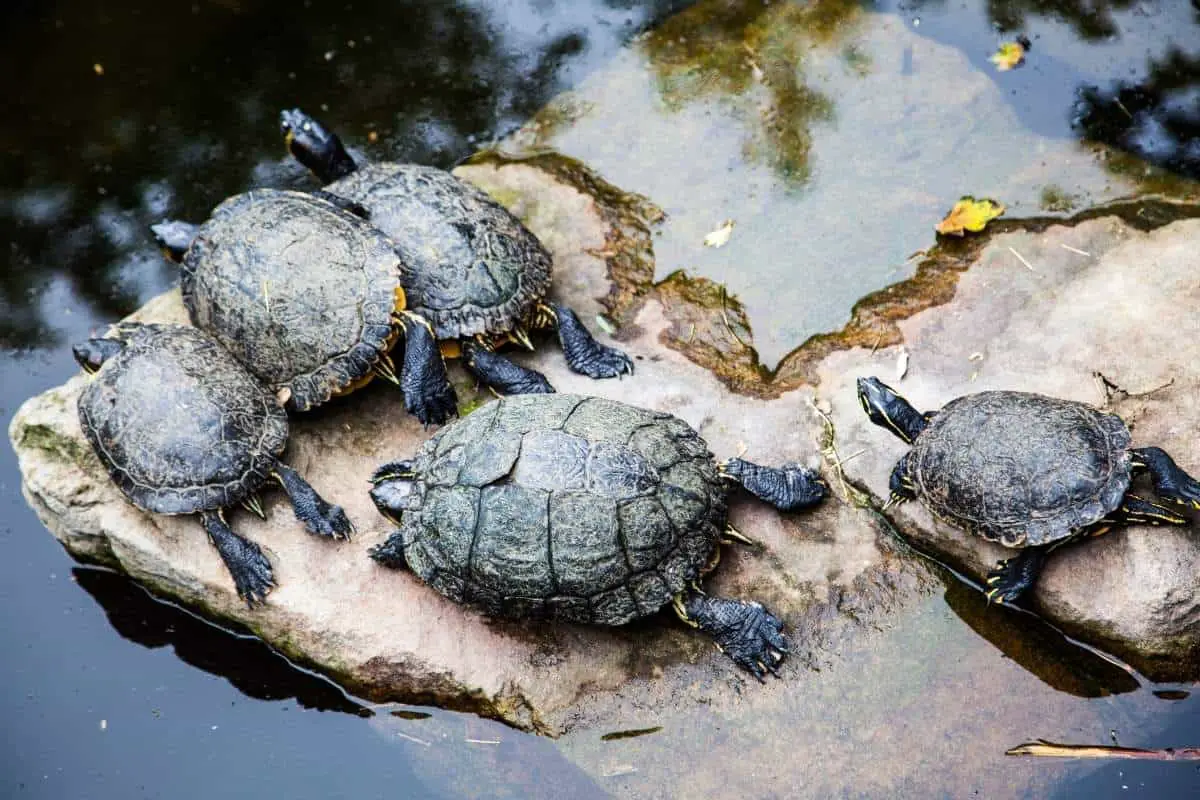
Most reptiles and amphibians are thought to experience some degree of emotion. Still, we do not know how deeply they feel their feelings or in what ways they might differ from the feelings experienced by mammals and birds.
Because their brains are fundamentally different from mammals, it’s difficult to assess this with certainty.
What is animal intelligence? How do they measure it?
Animal intelligence is a complex topic, and scientists don’t all agree on what it means to be “smart.” In fact, the concept of animal intelligence is so vague that experts still argue over how to define it.
One thing most experts do agree on, though, is that there’s a big difference between having knowledge about something and being able to apply that knowledge.
For example, you might know the capital of France (Paris). You have that knowledge, but if you don’t know which country France is, you haven’t applied it to real life.
For an animal to have intelligence, they have to be able to use what they are learning in new and exciting ways, not just follow the same set of instructions over and over again!
Scientists who study animal intelligence look for three key traits to determine whether an animal’s behavior is considered “intelligent.”
- The first trait is creativity. Can the animal solve new problems without using old solutions?
- The second trait is flexibility. Is the animal open to new ways of doing things?
- The final characteristic is self-awareness. Can the animal recognize themselves in a mirror?
If you’re wondering why this matters for turtles, it’s because these traits are considered hallmarks of intelligence!
How do you test an animal’s intelligence?
Turtles are one of many animals that scientists have found can learn to do things like open their mouths for food, sit on their backs or recognize themselves in a mirror.
But how do they test turtle intelligence? And what makes the results so controversial?
Some of these experiments may sound cruel, but they’re necessary to demonstrate that animals are ingenious!
For example, scientists who wanted to test turtle intelligence would put them in a tank with two sets of stairs.
One set went to the water, and the other went to an area where they could escape up to their basking area above the water.
Scientists found that turtles not only recognized which staircase led to safety but were also flexible enough to try new ways to reach it, like opening a door or climbing up the side of the tank!
Other scientists have made turtles learn tricks like sitting on their backs and opening their mouths for food.
Some studies even tested how well turtles could cooperate to solve problems. Scientists found that some turtles can solve problems, and some primates – though they’ve never been as successful as chimps!
Still, these experiments are controversial because it isn’t always clear which test is more of a measure of intelligence.
Animals solve problems based on what they’ve learned and how they’ve adapted to their surroundings.
The Turtle Brain:
Turtles and tortoises have a very similar nervous system to humans. A turtle’s brain is split into the Cerebellum, Midbrain, and Forebrain. The mid-brain is very similar to the human mid-brain, which controls breathing and heart rate functions.
The fore-brain is also very similar to the human fore-brain, which handles functions such as memory and emotion.
The cerebellum is also very similar to the human one; it controls balance and coordination of movement.
The most intelligent turtle species:
The most intelligent turtle species is the Snapping Turtle. These turtles are deadly predators with razor-sharp beaks, claws, and tails. They can strike without warning and snap a broom handle in half!
